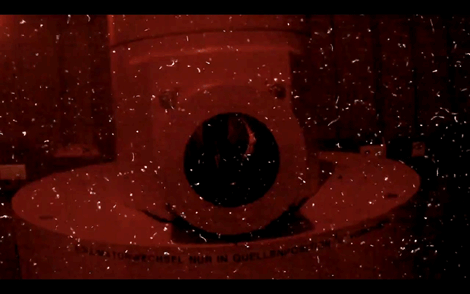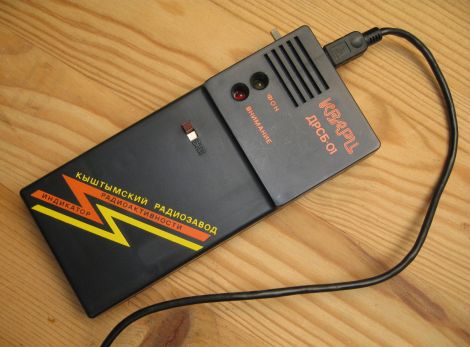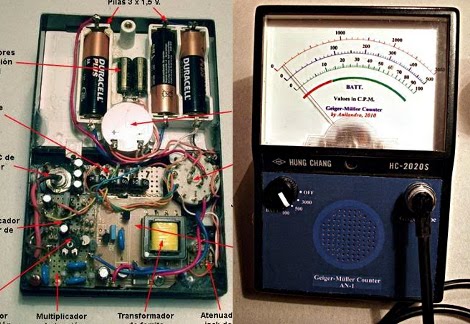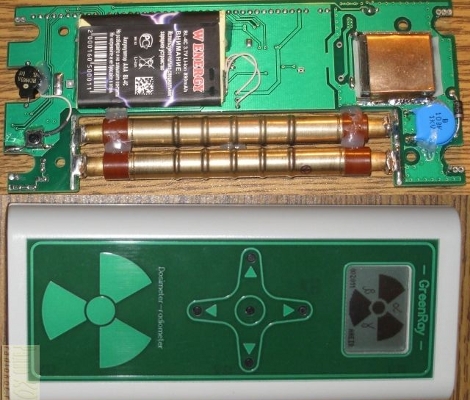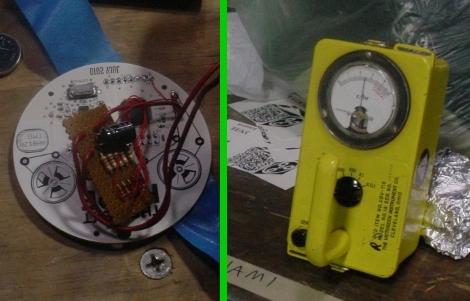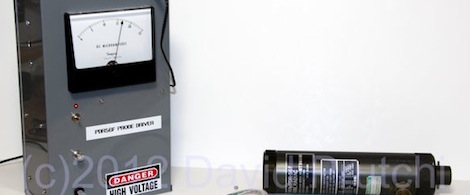
It’s really amazing what you can find at military surplus shops. [David] just built a radiation detector out of a DT-590A scintillation probe originally made to test if Air Force bases were contaminated with Plutonium. Who says nothing good came out of massive nuclear arsenals?
DT-590A / PDR-56 Gamma ray probes were made obsolete by the US Air Force a few years ago and they’re trickling into military surplus stores around the country and the Internet. [David] found the manual for this probe and put together a little circuit to drive this x-ray sensor. The build uses an ammeter as a simple dial, and includes a piezo speaker for the prerequisite Geiger counter ‘clicks.’
[David] also threw up a post on converting this x-ray probe into a general purpose Gamma probe, effectively making it a Geiger counter for the really dangerous radiation. You could always use your smart phone for the same task, but recycling military hardware imparts a good bit of geek cred.

